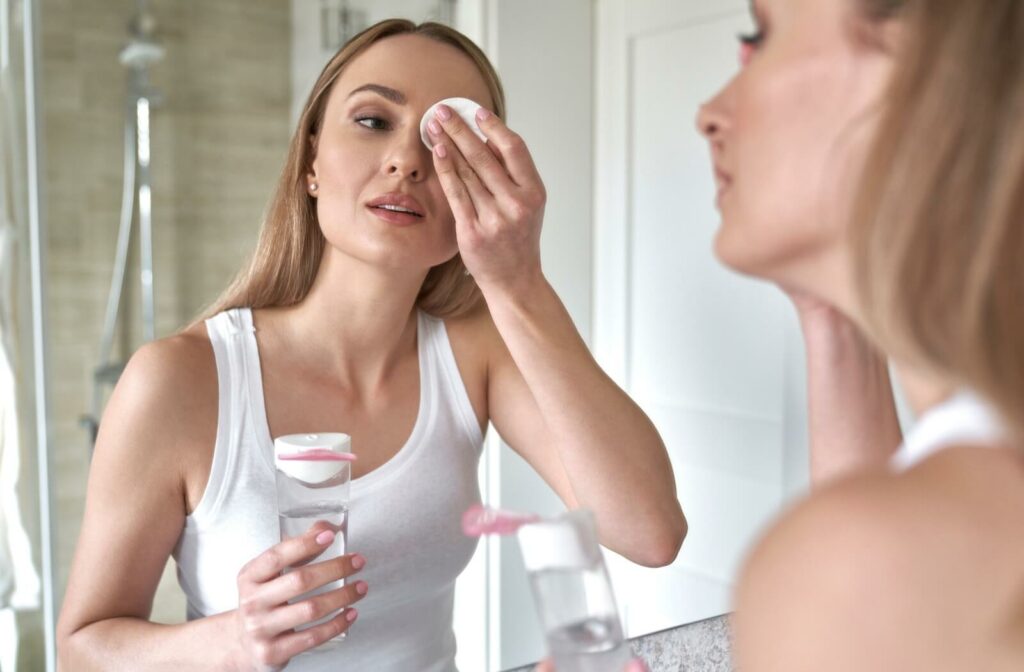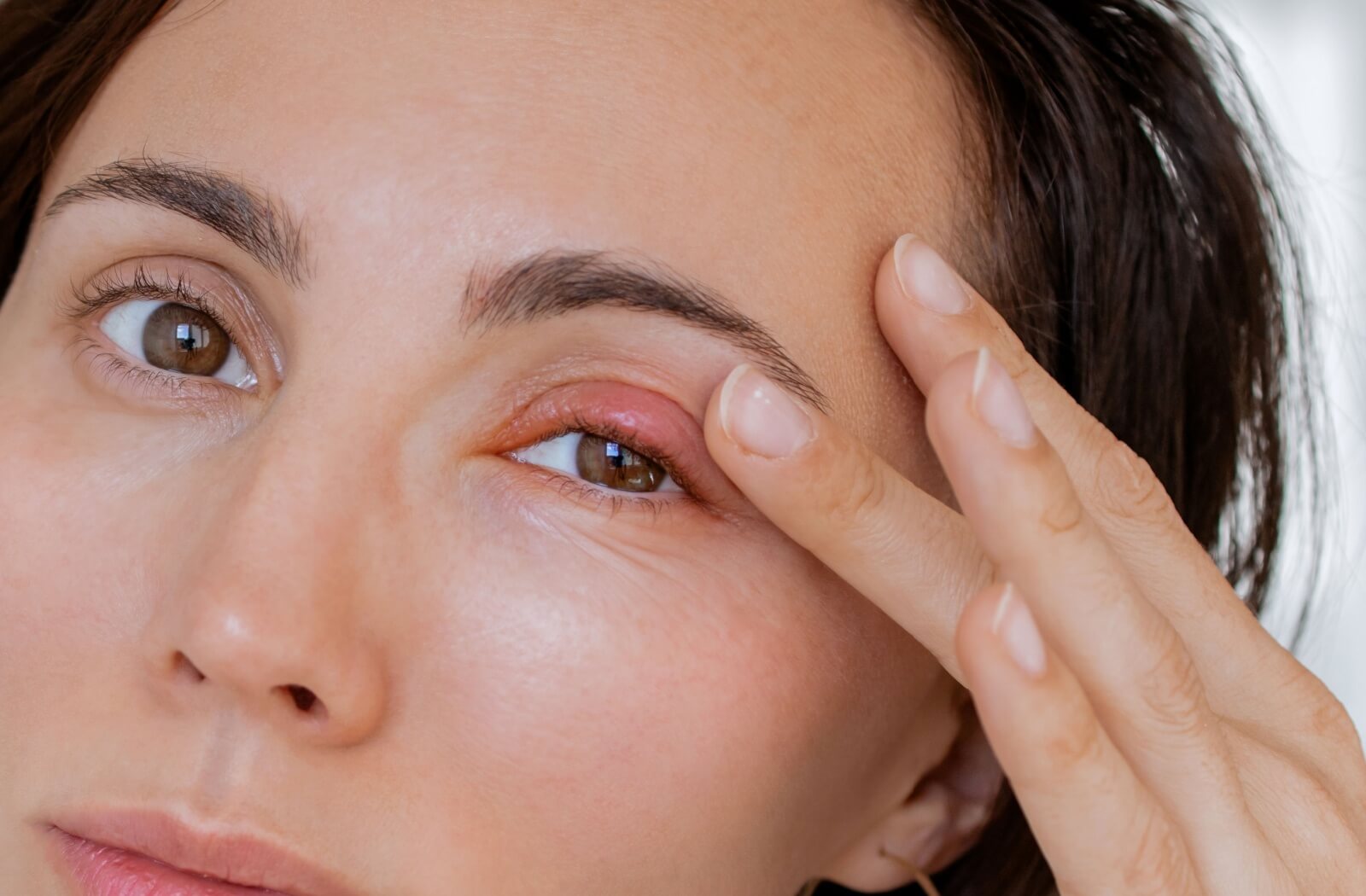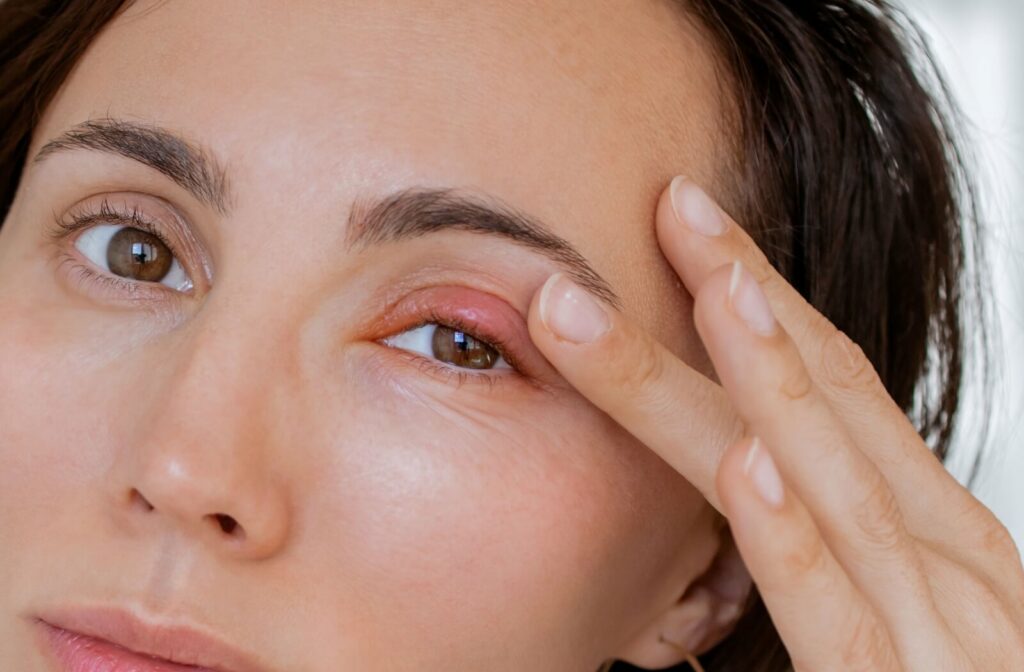It’s no secret that stress can take a toll on your body, from sleepless nights to skin breakouts and tension headaches. But what about that red, painful bump on your eyelid? If you’ve ever developed a stye during a particularly hectic week, you might wonder if stress could be to blame.
The short answer is: not directly. Stress doesn’t cause eye styes, but it can increase your risk by weakening your immune system and contributing to habits that make styes more likely. Let’s take a closer look at what styes are, why they happen, and how stress plays a role in their development.
What Is a Stye?
A stye (medically known as a hordeolum) is a small, red, painful lump that appears on or near the edge of your eyelid. It forms when an oil gland becomes blocked and bacteria, usually Staphylococcus aureus, cause an infection. Styes can develop externally (along the base of the eyelashes) or internally (within the eyelid), and are often compared to pimples in their appearance.
Common symptoms of a stye include:
- Localized redness and swelling
- A tender bump, sometimes filled with pus
- Sensitivity to light
- Watery or irritated eyes
- Crusting around the eyelid
Most styes clear up on their own with basic at-home care, but they can be uncomfortable and disruptive while they last.
What Causes Eye Styes?
Although stress is often blamed, styes are primarily caused by bacterial infections. Several risk factors can increase your likelihood of developing one:
- Poor hygiene: Rubbing your eyes with unwashed hands can transfer bacteria directly to the eyelids.
- Makeup habits: Using expired products, sharing makeup, or not removing it before bed can introduce bacteria and block the glands.
- Contact lenses: Improper lens care or wearing them past their expiration date can increase the risk of infection.
- Health conditions: Chronic conditions like blepharitis (inflammation of the eyelids), rosacea, or diabetes can make styes more frequent.
Maintaining good eye hygiene and addressing underlying conditions are key to preventing styes, but where does stress come in?

How Does Stress Contribute to Eye Styes?
While stress doesn’t directly cause a stye, it can set the stage for one to develop by weakening your body’s natural defences. When your immune system is compromised, it becomes harder to fight off bacterial infections, including those that affect your eyelids.
Here’s how stress can increase your risk of developing a stye:
- Lower immunity: Chronic stress can suppress immune function, making you more susceptible to infections.
- Disrupted routines: High stress can lead to skipping basic hygiene, like washing your hands or removing makeup.
- Increased eye-touching: Stress or fatigue may cause you to rub your eyes more often, introducing bacteria.
- Poor sleep: Lack of rest can affect the body’s ability to heal and maintain normal functions, including oil gland drainage in the eyelids.
- Hormonal changes: Stress hormones can disrupt skin balance and make it easier for bacteria to take hold.
All of these stress-related factors increase the chance of a blocked gland becoming infected, which can ultimately lead to a stye.
Tips to Reduce Your Risk of Styes
To help prevent styes and keep your eyes healthy overall, it’s important to address both the physical and mental contributors. Here’s how:
Manage Your Stress
- Practice mindfulness, meditation, or deep breathing exercises.
- Maintain a regular sleep schedule with at least 7–8 hours of rest.
- Incorporate physical activity into your week to boost your mood and immune system.
Practice Good Hygiene
- Wash your hands regularly, especially before touching your face or eyes.
- Remove makeup thoroughly before bedtime.
- Clean your makeup tools regularly and replace old products.
- Follow proper contact lens hygiene and never use expired lenses.
Take Care of Your Eyes at Home
- Use clean pillowcases and towels to avoid bacterial buildup.
- Apply warm compresses occasionally to keep oil glands from getting blocked.
- Avoid rubbing or touching your eyes throughout the day.
Making these healthy habits part of your routine can lower your stress levels and improve your resistance to infections like styes.
What to Do If You Develop a Stye
Despite your best efforts, styes can still pop up from time to time. Thankfully, they’re usually easy to treat at home:
- Apply warm compresses: Use a clean, warm cloth on the affected eye for 10–15 minutes several times a day.
- Avoid squeezing or popping the stye: This can spread the infection and worsen symptoms.
- Use over-the-counter treatments: Lubricating eye drops or mild pain relievers can provide relief.
However, you should see your optometrist if:
- The stye doesn’t improve within a few days.
- You notice increased pain or swelling.
- Your vision becomes blurry.
- You experience recurring styes frequently.
In some cases, a stye may need to be drained by a professional or treated with antibiotics.
Protect Your Eye Health Even During Stressful Times
While stress may not be the direct cause of styes, it can certainly increase your risk by disrupting your routine and weakening your immune system. By managing stress and following good hygiene practices, you can protect your eyes from uncomfortable infections like styes.
If you’re dealing with a stye that won’t go away or simply want advice on keeping your eyes healthy, Arc Eye Care is here to help. Book an appointment today for comprehensive care and personalized treatment recommendations tailored to your vision and lifestyle needs.


